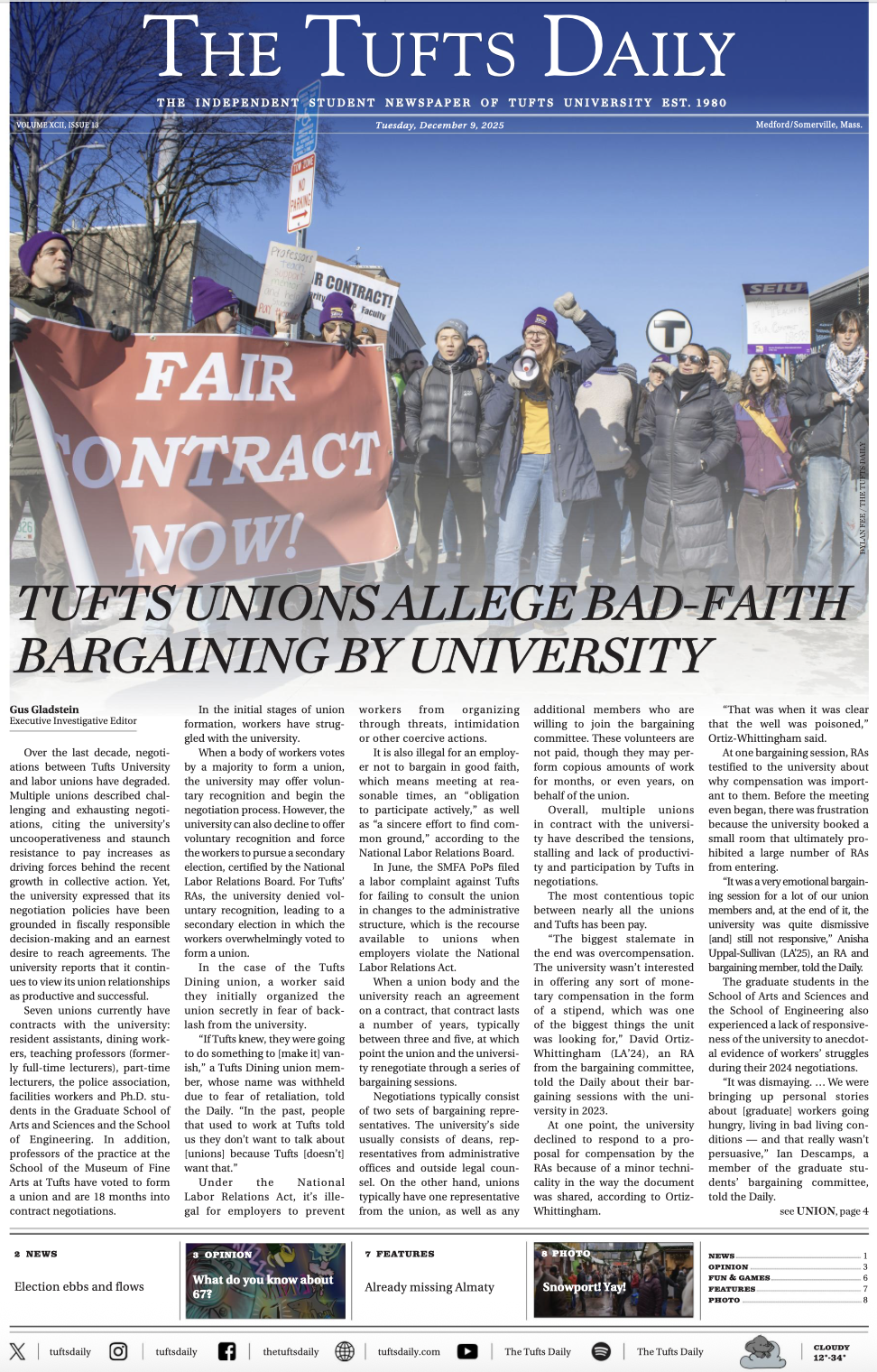While April is the month of spring showers, we are truly blossoming into the greatest month of the professional sports calendar year: the NBA playoffs. Big names like Jayson Tatum, Nikola Jokić and, of course, Lebron James generate box office numbers for weeks on end. However, I encourage you to turn to a league which has arguably leapfrogged the NBA in two major categories.
The NHL has experienced an unprecedented surge of parity, and, with the increasing popularity of hockey in non traditional markets, it seems as if almost every fanbase has a new player to hate.
For those that watch the league on a consistent basis and feel like they typically dedicate their entire evening to watching a game, those feelings are often correct, and it is a direct result of the intense competition which the league has created. The league reported that after making the change to three-on-three overtime during the past three seasons, the overtime rate has continuously gone up. Two seasons ago, they experienced a 69% overtime rate; last season they experienced a 70% overtime rate; and this season they are on track for a 74% overtime rate. While this leads to games running north of three hours, fan engagement through the third period and beyond remains stronger than ever.
The league has also made moves in recent years to increase the number of rivalries. With the replacement of the All-Star Skills and the All-Star Game with the 4 Nations Face-Off, star players such as Connor McDavid and Auston Matthews felt a renewed sense of motivation to represent their flag.
But where the NHL truly shines is in the serious amount of player hate that radiates throughout the league. Whether it’s the Canucks’ Conor Garland for his barrage of insults, the Panthers’ Brad Marchand for his insane amount of agitation or the Rangers’ Matt Rempe for his egregious lack of hockey skill on an NHL roster, it seems as if there is no shortage of hate to pass around the league. Rivalries in the league are built in the playoffs and it will be exciting to see how these three players get along during the next few weeks.
Although professional hockey is an absolute blast to watch, we must acknowledge its serious drawbacks which prevent the sport from ever receiving the mainstream level of popularity which football, basketball and baseball possess in the United States. The league has a serious barrier to entry: equipment costs and securing rink time prevent many talented players from ever coming close to the league.
Another factor that could lead to the NHL’s decline is players’ lack of interest in playing for teams located in traditional markets. Radko Gudas reported that he did not want to play for a Canadian NHL team, citing the heightened pressure that the Canadian media places on its players. Players across the league echo the same sentiment. Countless players have migrated to non-traditional markets like Las Vegas or South Florida with their favorable weather and lower income taxes, giving the players greater motivation to compete for Lord Stanley. Softening the salary cap could easily motivate players to come back to the biggest markets.
While the league certainly faces a player problem in its future, the intense competition on the field today is certainly enough to make any fan savor the playoff experience. The NHL is in the most promising place of the four U.S. professional leagues and has made clever decisions to position itself for the future.
Since this is my final Lay of The Leagues it feels only fitting to give my grades on the state of each league I have reported…
- NHL: With its insanely fast pace, the league is poised to enter a new level of popularity.
Grade: A+
- NFL: There is a reason coaches say any given Sunday.
Grade: A
- Premier League: British culture at its purest.
Grade: A-
- NBA: Despite my serious critiques with the lack of motivation in players, the league’s personalities make this sport uniquely entertaining.
Grade: A-
- ATP Tour: Its fans are desperately waiting for a new leader.
Grade: B
- MLB: An American pastime awaiting re-invention.
Grade: B-
- Sports Analytics: Analytics must amplify storylines, not the other way around.
Grade: C






